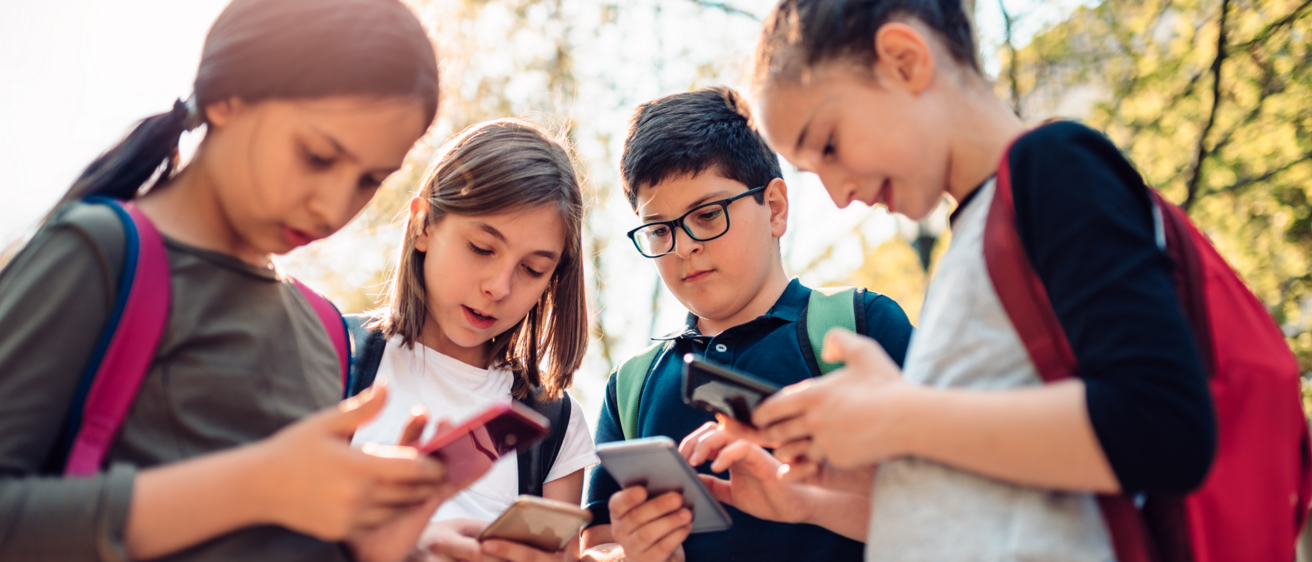Adolescence is a period of substantial change, occurring across biological, psychological, behavioral, and social systems. Young adolescents (ages ~12-14) experience significant development in personal autonomy, identity formation, and coping skills (Arnett, 2015), while planning and self-control skills (generally referred to as executive functioning) mature in later adolescence (ages ~17-18; Tervo-Clemmens et al., 2023). Adolescents also undergo a realignment of sleep physiology and sleep/wake regulation (Carskadon, 2011). These changes allow teens to learn the skills needed to be good students, friends, and, eventually, healthy adults (Tottenham & Galván, 2016).
The social world of young people becomes more complex during adolescence. Peer relationships become increasingly important, family relationships change as teens strive for independence, and social media is introduced (Gerwin et al., 2018; Shifflet-Chila et al., 2016). For some teens, negotiating such rapid change is challenging and can result in stress and conflict with family members, peers, and others. As such, early adolescence is characterized by a marked increase in mental health challenges (McLaughlin & King, 2015; Miech et al., 2020).
These challenges have become more common among adolescents in recent years, with rising rates of depression (Keyes et al., 2019), psychological distress, anxiety (Collishaw, 2015), attention-deficit hyperactivity disorder (ADHD; Xu et al., 2018), and suicidal behaviors (Keyes & Platt, 2023).
Recent adolescent mental health trends have occurred in parallel with an increased use of social media. Social media refers to interactive websites or applications (i.e., apps) that allow users to generate, share, and view content with others, create personal profiles, and develop online social networks (Obar & Wildman, 2015). Over the past 20 years, it has become a central part of the social environment, and a key part of adolescent development.
Nearly all (97%) US adolescents use at least one social media platform, on which they spend an average of three hours per day. A third of teens say that they engage with social media “almost constantly” (Vogels et al., 2022). Social media facilitates the identity exploration, autonomy, friendships, and peer acceptance that are important for social development and mental health of young people (Gerwin et al., 2018).
In this practice brief for K-12 educators and parents, we examine the nuanced issues crucial for crafting effective policies and practices to mitigate harmful social media habits and improve teen mental health.
